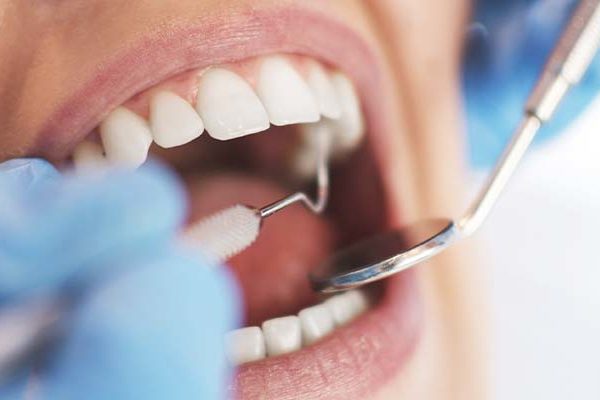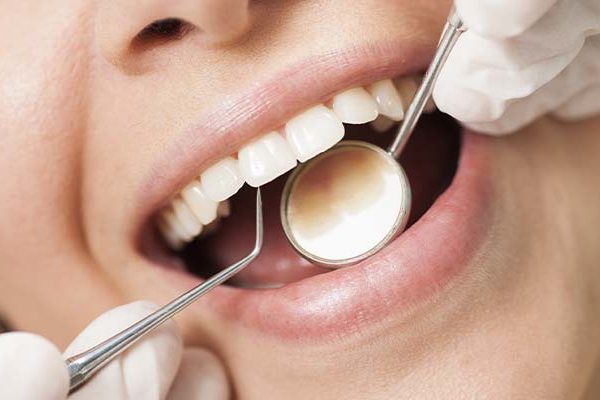It is upsetting to have to lose a tooth, but we are lucky to live in a time when technology can replace missing teeth in a way that looks natural and beautiful. Dental implants have been safely used for decades, and can be the best and healthiest way to replace a missing tooth.
It is true that a small surgical procedure is required in order to insert the post into the jawbone, but this is extremely quick, and most people will find it perfectly comfortable with just a local anaesthetic. Properly planned and cared for dental implants have an extremely high success rate, typically 91% or higher, and they could even last a lifetime. This can make them very cost effective in the longer term.
Dental Implants Preserve Your Jawbone
Your natural teeth help to keep your jawbone healthy by providing the stimulation required for your body to keep renewing bone cells. Once they are extracted, your body will no longer receive these signals, and as the bone cells surrounding the empty socket begin to die off, they will no longer be replaced. This is not good news, especially if you have lost several, or even all of your teeth. Loss of bone can de-stabilize the remaining teeth, and can make it difficult to retain dentures, or will lead to unsightly spaces forming underneath dental bridges.
Dental implants closely replicate your natural teeth, providing the stimulation necessary to help your jawbone remain healthy and strong.
Dental Implants Won’t Affect Your Remaining Teeth
When you lose some of your teeth then you have three different ways of replacing them, and these are to have a partial denture, to have a bridge, or to have dental implants. The first two options can negatively impact your remaining teeth, potentially affecting their structure, stability and health.
Dental bridges are a popular method of replacing missing teeth, but the teeth adjacent to the gap will need to be crowned in order to support the replacement bridge tooth (pontic). These adjacent teeth need to be strong and healthy enough to support the bridge, so this does mean that you will need to sacrifice some of your healthy tooth structure to create enough room for the crowns.
Partial dentures are generally used as a temporary measure following an extraction, but some people may think they are worth considering as a permanent option. They are not a great choice, as they are not completely stable, and are likely to shift about, making eating or biting on them uncomfortable. Partial dentures are kept in place with metal clasps that are fitted around the remaining teeth. These can place too much pressure on these teeth, affecting their stability. Additionally it can sometimes be necessary to re-shape these teeth so the clasps are able to fit properly.
Dental implants create none of these problems, and will help ensure your remaining teeth are kept in the correct position. You can treat them in exactly the same way you would a natural tooth, so no foods are off limits. They are the healthiest and most natural way to replace missing teeth, at least until we are able to re-grow them!
* Source: University of Toronto study by Sagun Suri





